 From today on the old lats are no longer valid in Latvia. The only legal tender now is the euro. On 1 January the euro was introduced and until 14 January the euro and lat circulated simultaneously in Latvia. Lats banknotes and coins can be exchanged for an indefinite period at Latvijas Banka.
From today on the old lats are no longer valid in Latvia. The only legal tender now is the euro. On 1 January the euro was introduced and until 14 January the euro and lat circulated simultaneously in Latvia. Lats banknotes and coins can be exchanged for an indefinite period at Latvijas Banka.
 Besides presenting the new 10 euro note, the ECB Executive Board member Yves Mersch also had other news on the euro. Most important for us collectors is the confirmation that there won't be a switch to polymer banknotes in the near future. "We have seen with great interest what the Bank of England does and also what other central banks have been doing around the world, and we are studying their experiences," Mersch told a news conference when presenting the new 10 euro banknote. "The outcome of our studies was that we would remain with ... the current series," he said.
Besides presenting the new 10 euro note, the ECB Executive Board member Yves Mersch also had other news on the euro. Most important for us collectors is the confirmation that there won't be a switch to polymer banknotes in the near future. "We have seen with great interest what the Bank of England does and also what other central banks have been doing around the world, and we are studying their experiences," Mersch told a news conference when presenting the new 10 euro banknote. "The outcome of our studies was that we would remain with ... the current series," he said.
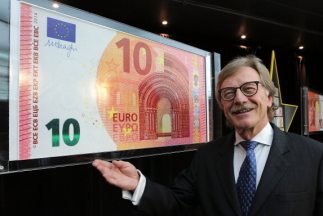 The other bit of news was the number of fake euro banknotes pulled from circulation. The number of fake notes in the second half of last year rose by 11.4 percent from the first half to 353,000. Although this is the highest number since 2010 it's not that much when you consider there are 15 billion banknotes in circulation.
The other bit of news was the number of fake euro banknotes pulled from circulation. The number of fake notes in the second half of last year rose by 11.4 percent from the first half to 353,000. Although this is the highest number since 2010 it's not that much when you consider there are 15 billion banknotes in circulation.
The new 10 euro won't help much in the fight against counterfeiting because the 20 and 50 euro notes are by far the most favorite notes to forge. The 20 euro will be the next note in the Europa series. Its presentation date is unknown at this time but we're probably looking at 2015 for that one.
The US 1890 Small Seal Grand Watermelon 1000 dollar note already held the record of most expensive banknote ever sold at an auction. But now this one of a kind note smashed its own record. It sold in 2006 for a record $2,225,000 but last night lot 17127 at Heritage Auctions sold for a whopping $3,290,000!
This note is signed by W.S. Rosecrans and E. H. Nebeker. This is the final iteration of the "Grand Watermelon" design. The note's nickname has been derived from the resemblance of the three large zeros on the back to watermelons. It is the only small seal Grand Watermelon of this type outside of government hands.
 The European Central Bank (ECB) has presented the new 10 euro note, the second note in the new Europa series. A new design with some minor changes, updated security features which we already saw in the new 5 euro issued last year and with a new language: cyrillic. I don't know about you but I like the new notes! The design and theme is just the boring and safe standard we've come to know and love/hate, but I really like the slightly different colour they've chosen.
The European Central Bank (ECB) has presented the new 10 euro note, the second note in the new Europa series. A new design with some minor changes, updated security features which we already saw in the new 5 euro issued last year and with a new language: cyrillic. I don't know about you but I like the new notes! The design and theme is just the boring and safe standard we've come to know and love/hate, but I really like the slightly different colour they've chosen.
The new 10 euro notes will be officially issued from 23 September 2014. You can find a video with the new security features after the click below the images.
>> Press kit
Read More
Last night we could see something in the sky which is pretty rare in The Netherlands but occurs more often in countries like Norway: Aurora Borealis, or northern lights. This Norwegian banknote of 200 kroner (P48/50) features a portrait of Norwegian scientist Kristian Birkeland (1867-1917) who discovered what causes this spectacular phenomenon.
Birkeland organized several expeditions to Norway's high-latitude regions where he established a network of observatories under the auroral regions to collect magnetic field data. The results of the Norwegian Polar Expedition conducted from 1899 to 1900 contained the first determination of the global pattern of electric currents in the polar region from ground magnetic field measurements. The discovery of X-rays inspired Birkeland to develop vacuum chambers to study the influence of magnets on cathode rays. Birkeland noticed that an electron beam directed toward a magnetised terrella was guided toward the magnetic poles and produced rings of light around the poles and concluded that the aurora could be produced in a similar way. He developed a theory in which energetic electrons were ejected from sunspots on the solar surface, directed to the Earth, and guided to the Earth's polar regions by the geomagnetic field where they produced the visible aurora. This is essentially the theory of the aurora today.
The front of the note shows northern lights rising upwards to the North Star. Also visible are the Little Bear (Ursa Minor) and the Big Dipper constellations. Birkeland's Terrella is shown on the left. On the back of the note is a map of the North Polar region. Northern lights are visible along the coast of northern Norway at night; they are visible over Svalbard, a Norwegian archipelago in the Arctic Ocean, during the day. We also see a depiction of Birkeland's thoughts about the orientation of electric currents in connection with the northern lights. Currents near the auroral arcs flow parallel to the ground, while those that are higher up flow along the earth's magnetic field lines. These currents are called Birkeland Currents.
(This article was also published on the Space and Astronomy Banknotes blog)
Sources used: 1, 2
 Dutch banknote printer Royal Joh. Enschedé has been saved from bankruptcy by signing an agreement with investment firm Nimbus. Nimbus will get 95% of the shares of the company while the remaining 5% will remain with the Enschedé family (Joh. Enschedé is among the oldest family businesses in The Netherlands).
Dutch banknote printer Royal Joh. Enschedé has been saved from bankruptcy by signing an agreement with investment firm Nimbus. Nimbus will get 95% of the shares of the company while the remaining 5% will remain with the Enschedé family (Joh. Enschedé is among the oldest family businesses in The Netherlands).
Joh. Enschedé got into trouble last year when a large order for the printing of 450 million German 10 euro notes was postponed at the request of the European Central Bank. Because of this the company immediately had to look for new orders and as a result 65 employees were fired.
Joh. Enschedé prints euro banknotes for several countries, all the dutch stamps and other security prints. The company was founded in 1703. On the euro notes you can identify the notes printed by Joh. Enschedé by looking at the printer code which should start with a G.
I'm not really a collector of Euro notes. I use those notes to buy other banknotes and also because I think they're boring. But this week I got a gift: a 20 euro note from Cyprus. Euro banknotes from Cyprus are pretty rare so why not? I'll add it to my collection.
 Recently there has been a rise in the amount of fake notes in Hong Kong. Specifically the higher denominations are counterfeited. This article explores the possible consequences for the confidence in the Hong Kong dollar. It also asks the question if a move to more polymer notes could have prevented this influx of fake notes. My guess is: yes!
Recently there has been a rise in the amount of fake notes in Hong Kong. Specifically the higher denominations are counterfeited. This article explores the possible consequences for the confidence in the Hong Kong dollar. It also asks the question if a move to more polymer notes could have prevented this influx of fake notes. My guess is: yes!
At this moment Hong Kong only has a 10 dollar note made of polymer. It is still unclear if more denominations will be issued in polymer.
Here's a nice article and profile of Dan Humphrey, one of the many people working at the Bureau of Engraving and Printing. He works on redesigning the US dollars and describes the ins and outs of his job.
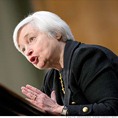
 Janet Yellen has been confirmed by the US Senate as the next chairman of the Federal Reserve. From 1 February 2014 she will be the first woman who will hold this position.
Janet Yellen has been confirmed by the US Senate as the next chairman of the Federal Reserve. From 1 February 2014 she will be the first woman who will hold this position.
The Federal Reserve is the central bank of the United States who is reponsible, amongst many other things, for the printing of the US dollars. The shareholders of the Fed are the 12 banks from the Federal Reserve Districts. On the front of every dollar note you can find the letter and corresponding number of the District bank who issued that particular note.
- Federal Reserve Bank of Boston A 1
- Federal Reserve Bank of New York B 2
- Federal Reserve Bank of Philadelphia C 3
- Federal Reserve Bank of Cleveland D 4
- Federal Reserve Bank of Richmond E 5
- Federal Reserve Bank of Atlanta F 6
- Federal Reserve Bank of Chicago G 7
- Federal Reserve Bank of St Louis H 8
- Federal Reserve Bank of Minneapolis I 9
- Federal Reserve Bank of Kansas City J 10
- Federal Reserve Bank of Dallas K 11
- Federal Reserve Bank of San Francisco L 12
Image from Onedollarbill.org.

 The Chinese Banknote Printing & Minting Corporation, which is responsible for the printing of the Chinse yuan notes, has put out an order to the Dutch company IAI Systems for a system which will allow the MicroPerf security feature to be added to banknotes. This feature is already used on Swiss, Russian and Romanian banknotes.
The Chinese Banknote Printing & Minting Corporation, which is responsible for the printing of the Chinse yuan notes, has put out an order to the Dutch company IAI Systems for a system which will allow the MicroPerf security feature to be added to banknotes. This feature is already used on Swiss, Russian and Romanian banknotes.
If this means that yuan banknotes will also get MicroPerf in the future is, of course, unknown at this time.
 Treasury Minister Philip Ozouf of the island of Jersey has announced that the British Crown dependency will not follow the United Kingdom when they change to polymer banknotes in 2016.
Treasury Minister Philip Ozouf of the island of Jersey has announced that the British Crown dependency will not follow the United Kingdom when they change to polymer banknotes in 2016.
He did however say there are no immediate plans to change Jersey's money, not ruling out a possible polymer future.
 The Bangko Sentral ng Pilipinas (BSP: the Central Bank of the Philippines) will demonetize the old series of banknotes according to a news report from the Manilla Bulletin:
The Bangko Sentral ng Pilipinas (BSP: the Central Bank of the Philippines) will demonetize the old series of banknotes according to a news report from the Manilla Bulletin:
The "old" banknotes called "New Design Series (NDS)" by the Bangko Sentral ng Pilipinas (BSP) will become collectors’ money or currency by 2015. The BSP will stop the printing of NDS this first quarter, finally, and will only produce the "New Generation Currency (NGC)" that the public was first introduced to in December 2010.
For three years, the old and new banknotes were co-circulated. In the next two to three months, however, the NDS notes bearing the 2014 stamp will be considered limited edition as the banknotes series will be printed for the last time. BSP Deputy Governor Diwa C. Guinigundo said they will make the call demonetizing the NDS banknotes later this year. After the announcement, the BSP will give the public one year as transition period to spend the old banknotes. By 2016, only the six denominated NGC banknotes – the 20-piso, 50-piso, 100-piso, 200-piso, 500-piso and the 1,000-piso – will be recognized as the country’s legal tender.
The soon to be demonetized 5 peso note from the New Design Series:
 Today Latvia has joined the Eurozone. It is the 18th country to do so. It's own currency, the Lat, will cease to be legal tender on 15 January 2014. With this step the world not only loses a currency but also the third most valuable banknote: the 500 Lats which is worth around $982. Only the 10,000 Singapore dollar note ($7,908) and 1,000 Swiss franc note ($1,123) are currently worth more. Now the €500 banknote is the world's third most valuable banknote (about $688).
Today Latvia has joined the Eurozone. It is the 18th country to do so. It's own currency, the Lat, will cease to be legal tender on 15 January 2014. With this step the world not only loses a currency but also the third most valuable banknote: the 500 Lats which is worth around $982. Only the 10,000 Singapore dollar note ($7,908) and 1,000 Swiss franc note ($1,123) are currently worth more. Now the €500 banknote is the world's third most valuable banknote (about $688).
Latvia will eventually print it's 'own' euro banknotes. This is what the official changeover site has to say on that subject:
To meet Latvia’s needs for euro banknotes, an open competition among the printing works approved by the European Central Bank will be organized in collaboration with other national central banks. In the first year of euro changeover, we will borrow from other euro area countries.
It's unknown at this moment what the national identification letter (the first character of each note's serial number) will be on the euro notes from Latvia. Right now the letters A, B, C, I, O and Q are available.
« Vorige Pagina |
Toon berichten 841-855 van 1227 |
Volgende Pagina »
 From today on the old lats are no longer valid in Latvia. The only legal tender now is the euro. On 1 January the euro was introduced and until 14 January the euro and lat circulated simultaneously in Latvia. Lats banknotes and coins can be exchanged for an indefinite period at Latvijas Banka.
From today on the old lats are no longer valid in Latvia. The only legal tender now is the euro. On 1 January the euro was introduced and until 14 January the euro and lat circulated simultaneously in Latvia. Lats banknotes and coins can be exchanged for an indefinite period at Latvijas Banka. Besides presenting the new 10 euro note, the
Besides presenting the new 10 euro note, the  The other bit of news was the number of fake euro banknotes pulled from circulation. The number of fake notes in the second half of last year rose by 11.4 percent from the first half to 353,000. Although this is the highest number since 2010 it's not that much when you consider there are 15 billion banknotes in circulation.
The other bit of news was the number of fake euro banknotes pulled from circulation. The number of fake notes in the second half of last year rose by 11.4 percent from the first half to 353,000. Although this is the highest number since 2010 it's not that much when you consider there are 15 billion banknotes in circulation.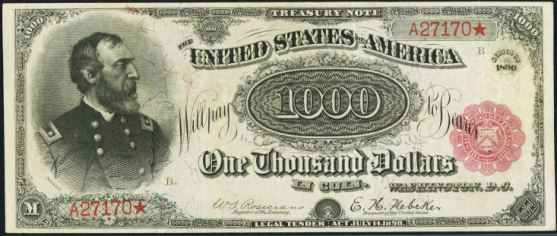

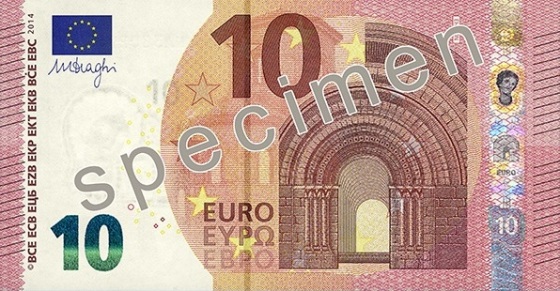
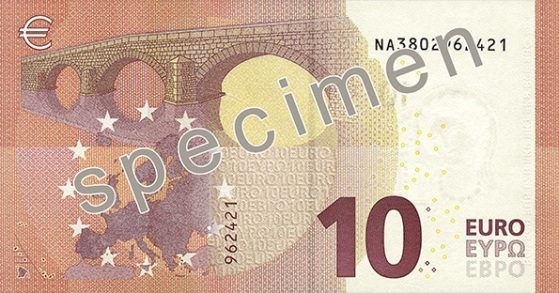
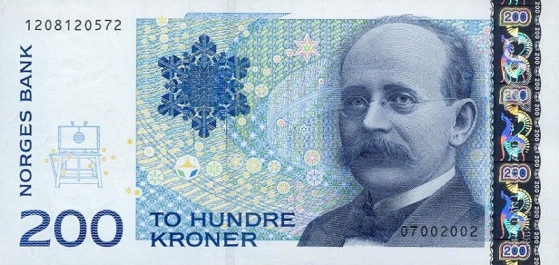
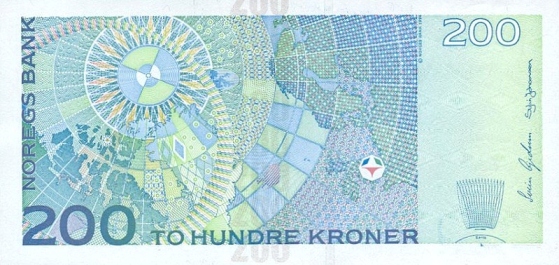
 Dutch banknote printer
Dutch banknote printer 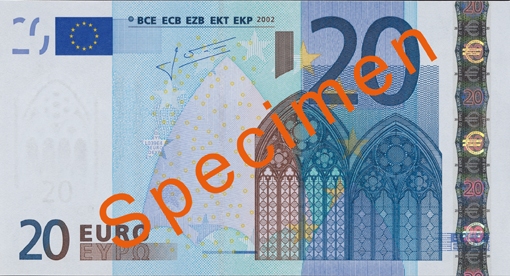
 Recently there has been a rise in the amount of fake notes in Hong Kong. Specifically the higher denominations are counterfeited. This
Recently there has been a rise in the amount of fake notes in Hong Kong. Specifically the higher denominations are counterfeited. This 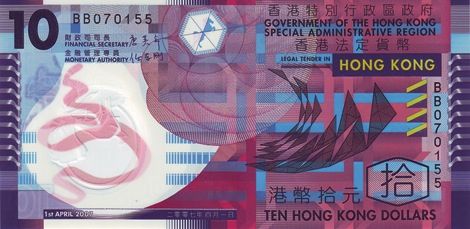

 Janet Yellen has been
Janet Yellen has been 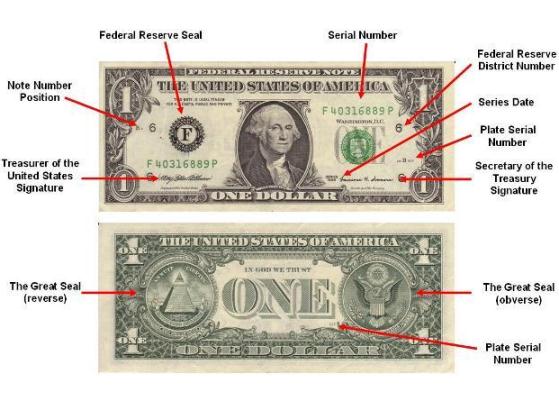

 The
The  Treasury Minister Philip Ozouf of the island of
Treasury Minister Philip Ozouf of the island of 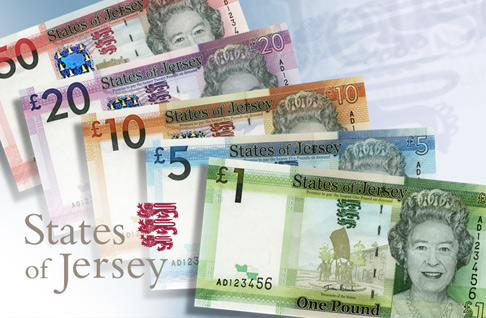
 The
The 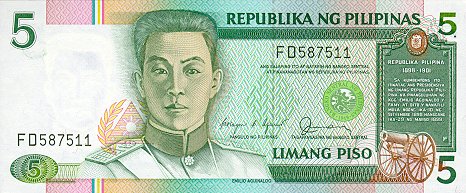
 The
The 








